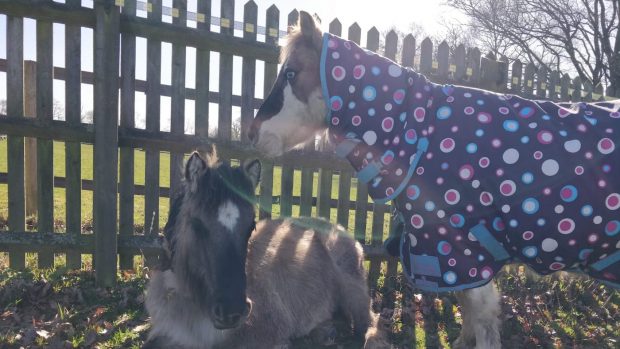The British Horse Society (BHS) is calling for riders to take action against those who allow ragwort to grow on their land by “naming and shaming” them in the local press.
The new action, which has been launched as part of “Root Out Ragwort” week (21-29 July), is designed to encourage those who have ragwort on their land to remove it before it gets a chance to seed.
“As ragwort continues to spread around the country, the society has decided that “naming and shaming” land owners may increase the speed with which they deal with ragwort on their property, ” explained BHS spokesman Vicky Beacon.
The BHS is increasingly worried about being able to keep hay fields free from the grasp of this extremely toxic plant, if plants on roadside verges and in neighbouring fields are not removed before the seeds contaminate nearby land.
The society advises owners to check hay closely before feeding, as horses find ragwort more palatable inits dried state, although it is just as poisonous. If the weed is found in hay the society says it should be reported to the Trading Standards Office at the local authority.
Removing ragwort
Individuals who find ragwort on their land are advised to remove it, along with its roots, and then burn it to ensure the seeds do not get a chance to germinate. Burning the weed also prevents it from being accidently eaten.
Ragwort is poisonous to humans as well as livestock and so gloves should be worn while dealing with the plant.
Ragwort is easy to recognise with its dense clusters of dark yellow daisy-like flowers and a feathery-edged leaves. The mature plant, which can grow up to three foot high, has a dark red stem.
For a leaflet on ragwort and how to get rid of it, send a sae to The British Horse Society, Stoneleigh Deer Park, Kenilworth, WarwickshireCV8 2XZ.



